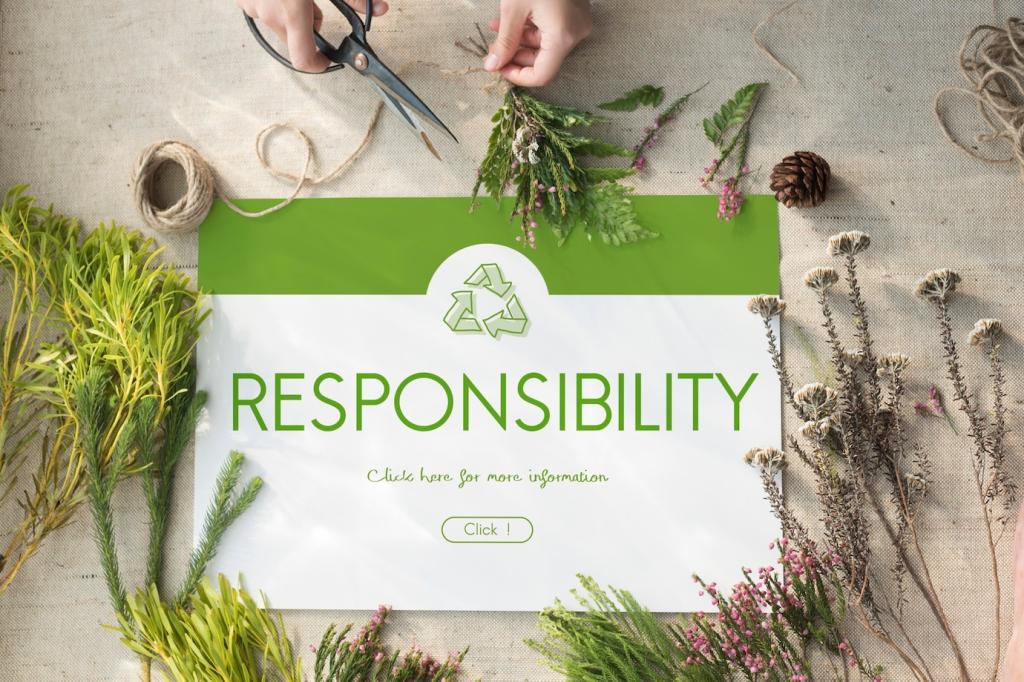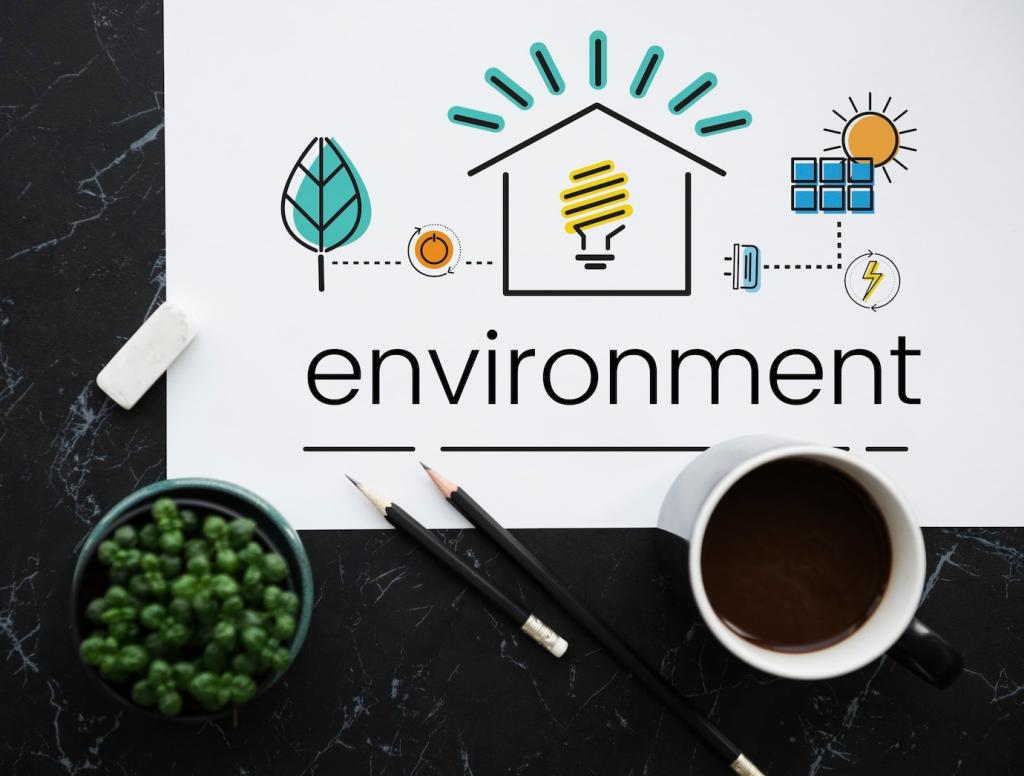Chosen theme: Crafting Compelling Narratives for Eco-Friendly Living. Welcome to a space where stories move people to recycle, mend, plant, conserve, and vote. Subscribe, share your experiences, and let words become seeds that grow everyday climate action.
Why Stories Shift Climate Behavior

Emotion Before Information
Research shows we act after we feel, then we justify with facts. Lead with a relatable moment, like a warm kitchen lit by one efficient bulb, before you explain carbon savings.

Anecdote: The Neighbor With the LED Challenge
One evening, a neighbor promised to swap every bulb if three households joined. By Sunday, nine porches glowed softer and bills dropped. The story traveled faster than any flyer.

Your Turn: Share a Turning Point
What small story nudged you toward eco-friendly living? Post a few lines about that moment in the comments, and inspire someone else to take a first, honest step today.
Finding Your Eco Voice and Audience
List three core values your audience holds, like thrift, health, or local pride. Tie each sustainable action to one value, so your message sounds like a friendly echo, not a lecture.
Maya bikes twice a week, loves quick recipes, hates waste, and worries about time. Write her a story that saves minutes, reduces plastic, and still tastes like comfort after a long ride.
Comment with a one-sentence audience portrait. Name their daily friction and a hope they carry. We will reply with a tailored narrative hook you can publish this week.



Characters, Settings, and Real Stakes
Write from the perspective of a balcony that longs for herbs, or a river that remembers snowmelt. When a place narrates, readers feel belonging, and belonging invites caretaking.
Characters, Settings, and Real Stakes
Anchor climate stakes in bills, comfort, and family rituals. The draft under a crib, the noisy fridge, the Sunday stew. Local, touchable stakes beat abstract tons every single time.

Make Metrics Touchable
Instead of saying kilowatt hours saved, say how many kettles boiled for tea or how many bedtime stories read under one lamp. Specific images stick to memory like burrs.

Mini Case: The Café That Halved Waste
A small café weighed its trash for two weeks, then swapped to reusable jars and clearer labels. Landfill bags fell by half. Staff pride rose, and regulars bragged online without prompting.
Language and Imagery That Spark Action
Replace reduce consumption with pack leftovers, patch jeans, share ladders. When verbs lift, readers follow. Your sentence becomes a doorway, not a billboard shouted at passing traffic.
Calls to Action That Invite, Not Shame
Ask for a fridge audit, not a kitchen overhaul. One sticky note on leftovers tonight beats a someday plan. Small wins build identity and momentum with surprising loyalty.
Calls to Action That Invite, Not Shame
Mention that three families on your block swapped to line drying in spring. Casual peer signals outperform scolding, because nobody wants a wagging finger in their laundry room.


Formats and Platforms for Green Stories
Post a three-sentence arc: problem, image, action. Pair it with a close photo, like hands rinsing jars. Invite followers to comment with their version and save the post as a reminder.
Formats and Platforms for Green Stories
Record a two-minute porch memo with birds and distant traffic. Let ambient sound carry sincerity. Listeners will remember the mood and the next step you gently suggested.
Join our mailing list
